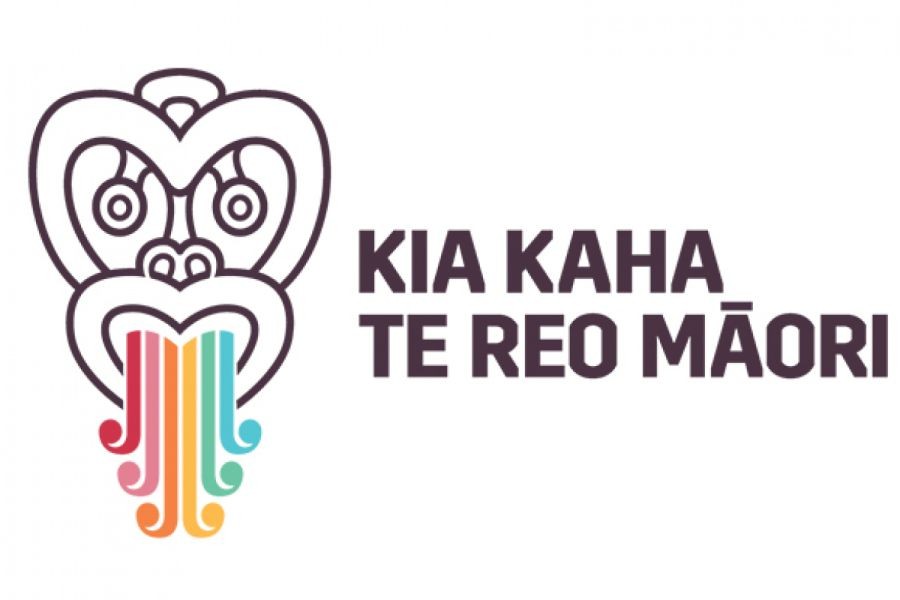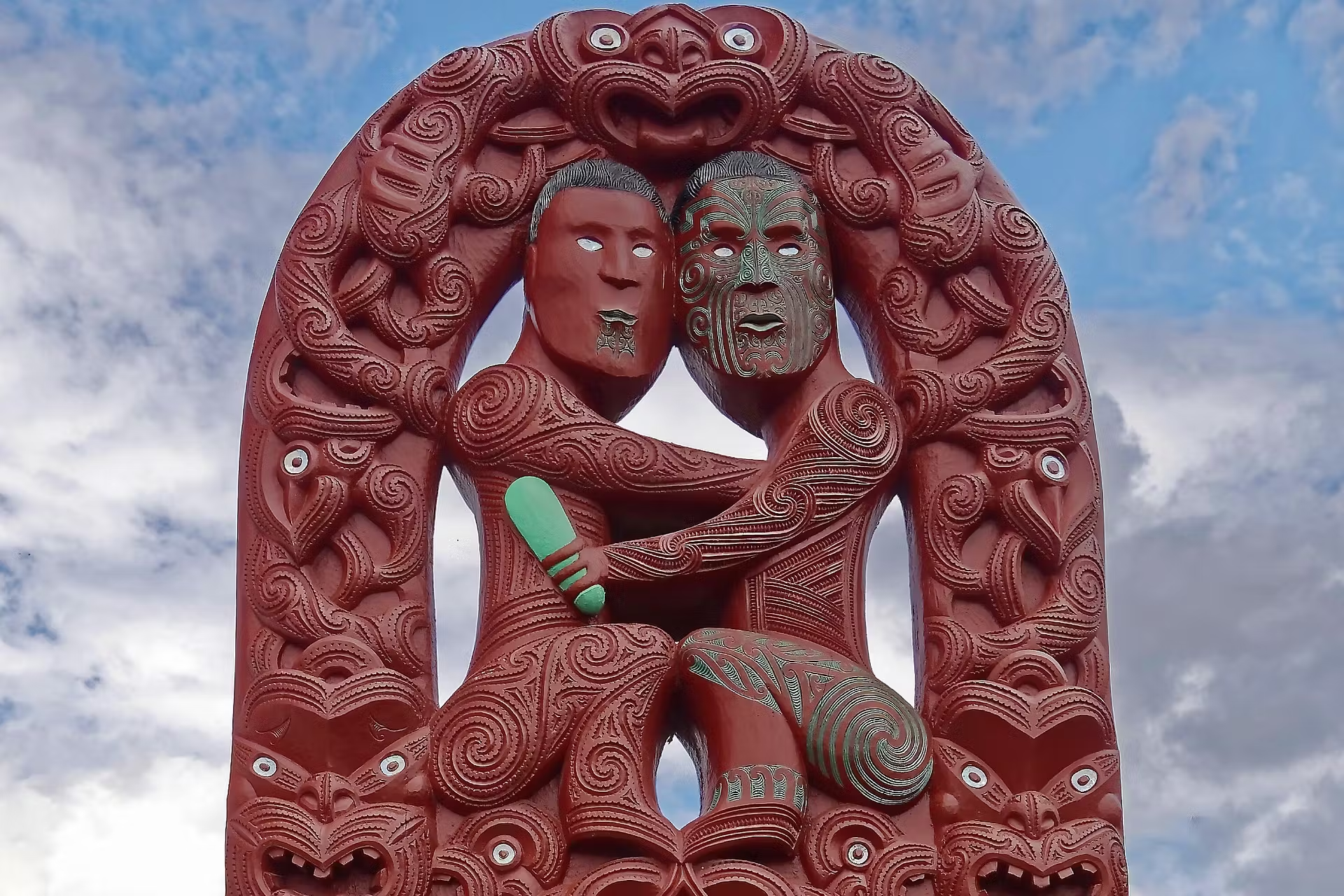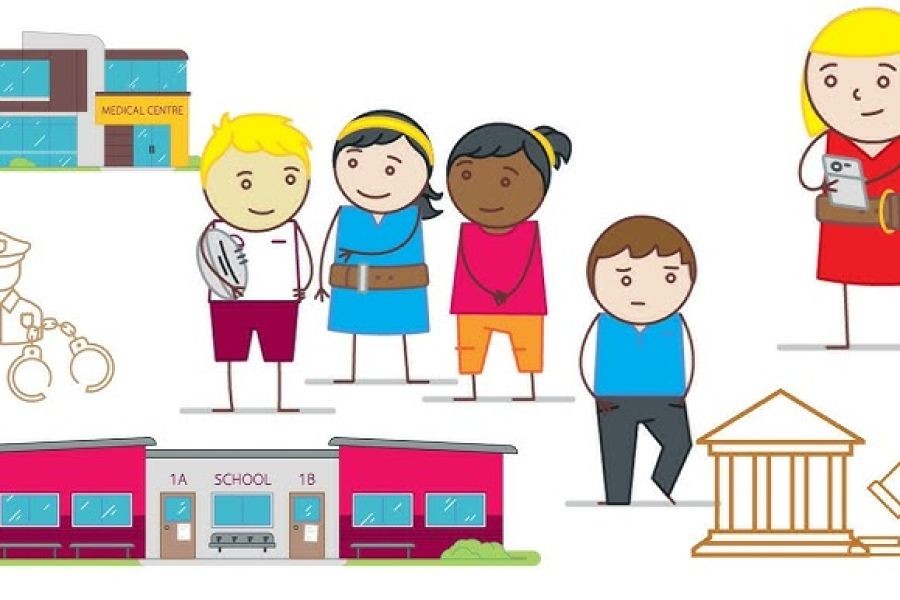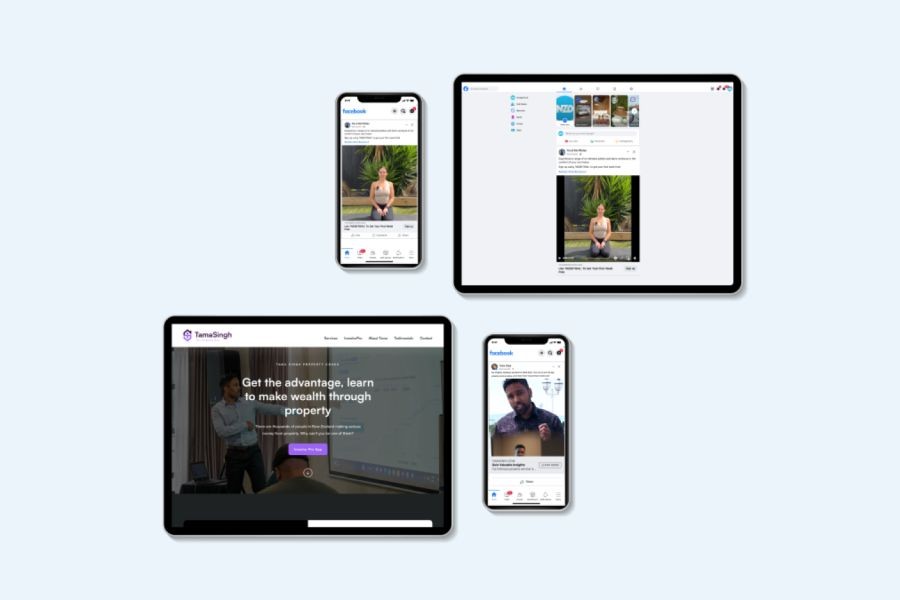The revitalization of the Māori language, Te Reo Māori, in modern media has emerged as a crucial cultural and economic initiative in New Zealand. This movement is not only about preserving an essential aspect of Kiwi identity but also about leveraging the language as a strategic economic asset. As businesses and media outlets increasingly incorporate Te Reo into their operations, New Zealand stands at the forefront of a unique cultural renaissance that offers lessons for global markets.
Understanding the Economic Impact of Māori Language Revitalization
Incorporating Te Reo Māori into modern media is more than a cultural endeavor; it is a strategic economic decision. Recent data from Stats NZ indicates that cultural industries contribute significantly to the nation's GDP, with Māori cultural initiatives playing an increasingly prominent role. As businesses integrate Te Reo into their branding and marketing, they tap into a growing consumer base that values cultural authenticity and inclusion.
The Business Case for Māori Language Integration
Companies that actively incorporate Te Reo Māori into their branding experience improved customer loyalty and engagement. A study by the New Zealand Institute of Economic Research found that businesses using culturally inclusive marketing strategies saw a 25% increase in customer retention. This trend reflects a broader global shift towards consumer preferences for brands that resonate with their cultural values.
Case Study: Māori Television – A Cultural Icon with Economic Benefits
Problem: Māori Television, launched in 2004, aimed to promote and preserve the Māori language and culture. However, it faced the challenge of attracting a broad audience while staying true to its cultural mission.
Action: To address this, Māori Television implemented a bilingual broadcasting strategy, offering content in both English and Te Reo Māori. This approach broadened its appeal while maintaining its cultural integrity.
Result: The channel's audience grew by 40% within five years, and its cultural programming became a staple in New Zealand households. This success highlights the economic viability of integrating cultural content into mainstream media.
Takeaway: Māori Television's experience demonstrates the potential for cultural media initiatives to achieve both cultural preservation and economic success. New Zealand businesses can leverage similar strategies to enhance brand loyalty and market reach.
Debunking Myths: Common Misconceptions about Māori Language Revitalization
Myth: "Māori language initiatives are only about cultural preservation." Reality: While cultural preservation is a key goal, these initiatives also drive economic growth by enhancing brand differentiation and consumer engagement.
Myth: "Only Māori communities benefit from language revitalization." Reality: The benefits extend to all New Zealanders, as cultural inclusivity fosters a more cohesive society and stimulates economic opportunities through tourism and cultural industries.
Myth: "Incorporating Māori language is costly with little ROI." Reality: Businesses that integrate Te Reo have reported increased customer loyalty and market differentiation, leading to tangible economic benefits.
Future Trends: The Road Ahead for Māori Language in Media
The revitalization of Te Reo Māori in media is set to expand further, driven by supportive government policies and growing consumer demand. The New Zealand government has committed significant resources to promote language learning and media representation, recognizing its potential to enhance social cohesion and economic development.
By 2026, it is projected that the integration of Te Reo Māori in digital media will increase by 50%, according to a report by the Ministry for Culture and Heritage. This growth will likely spur further innovation in content creation and delivery, offering new opportunities for businesses to engage with diverse audiences.
Final Takeaway & Call to Action
As New Zealand continues to embrace the revitalization of Te Reo Māori, businesses and media outlets have a unique opportunity to align themselves with this cultural movement. By integrating the language into their operations, they can enhance brand loyalty, tap into new markets, and contribute to a more inclusive and cohesive society.
What strategies can your business implement to embrace the Māori language and culture? Share your thoughts and experiences in the comments below!
People Also Ask (FAQ)
How does Māori language revitalization impact businesses in New Zealand? NZ businesses leveraging Māori language report 25%+ higher customer retention, according to the New Zealand Institute of Economic Research. Adopting this strategy can enhance engagement and revenue.
What are the biggest misconceptions about Māori language revitalization? One common myth is that it only benefits Māori communities. However, research from the Ministry for Culture and Heritage shows the benefits extend to all New Zealanders, fostering social cohesion and economic growth.
What are the best strategies for implementing Māori language in business? Experts recommend starting with bilingual marketing materials, followed by employee language training, and ensuring cultural representation in branding for long-term success.
Related Search Queries
- Te Reo Māori in business
- Māori language revitalization strategies
- Economic impact of Māori culture
- Māori Television success story
- Māori language in modern media
- New Zealand cultural industries
- Te Reo Māori in digital media
- Cultural branding in New Zealand
- Māori language learning resources
- Government support for Māori language































